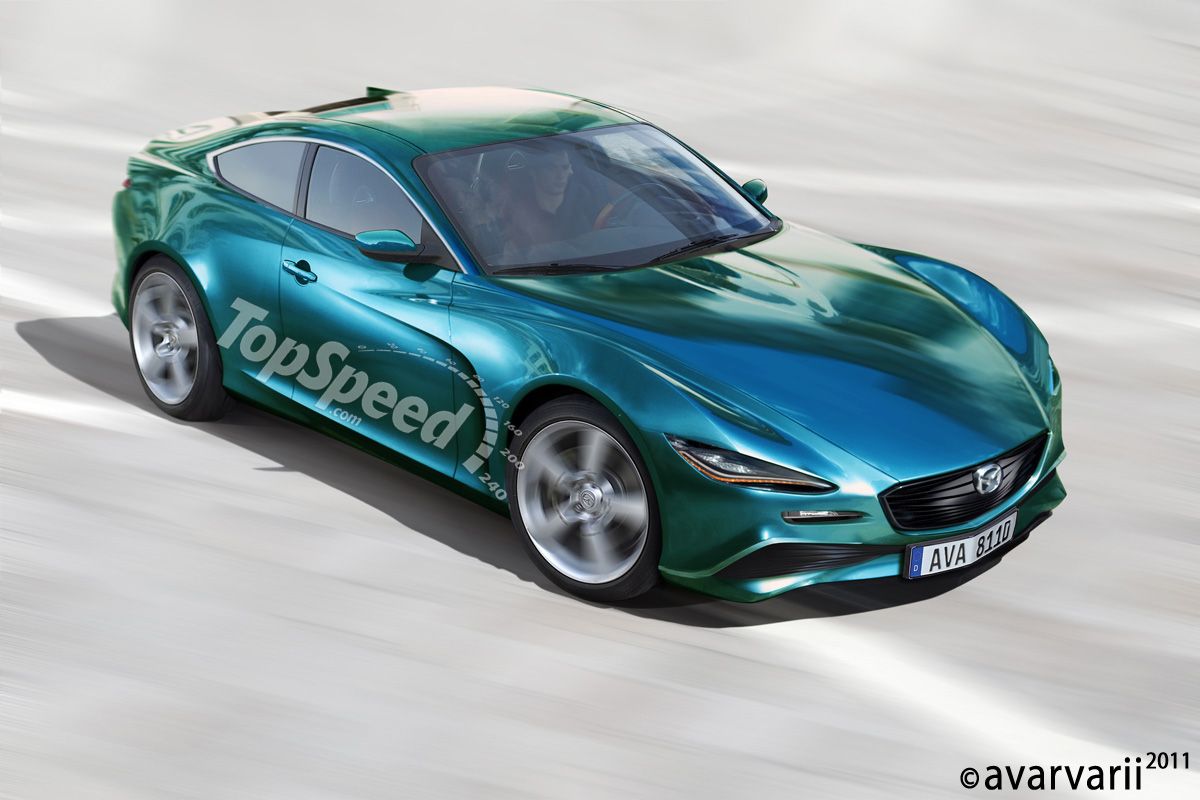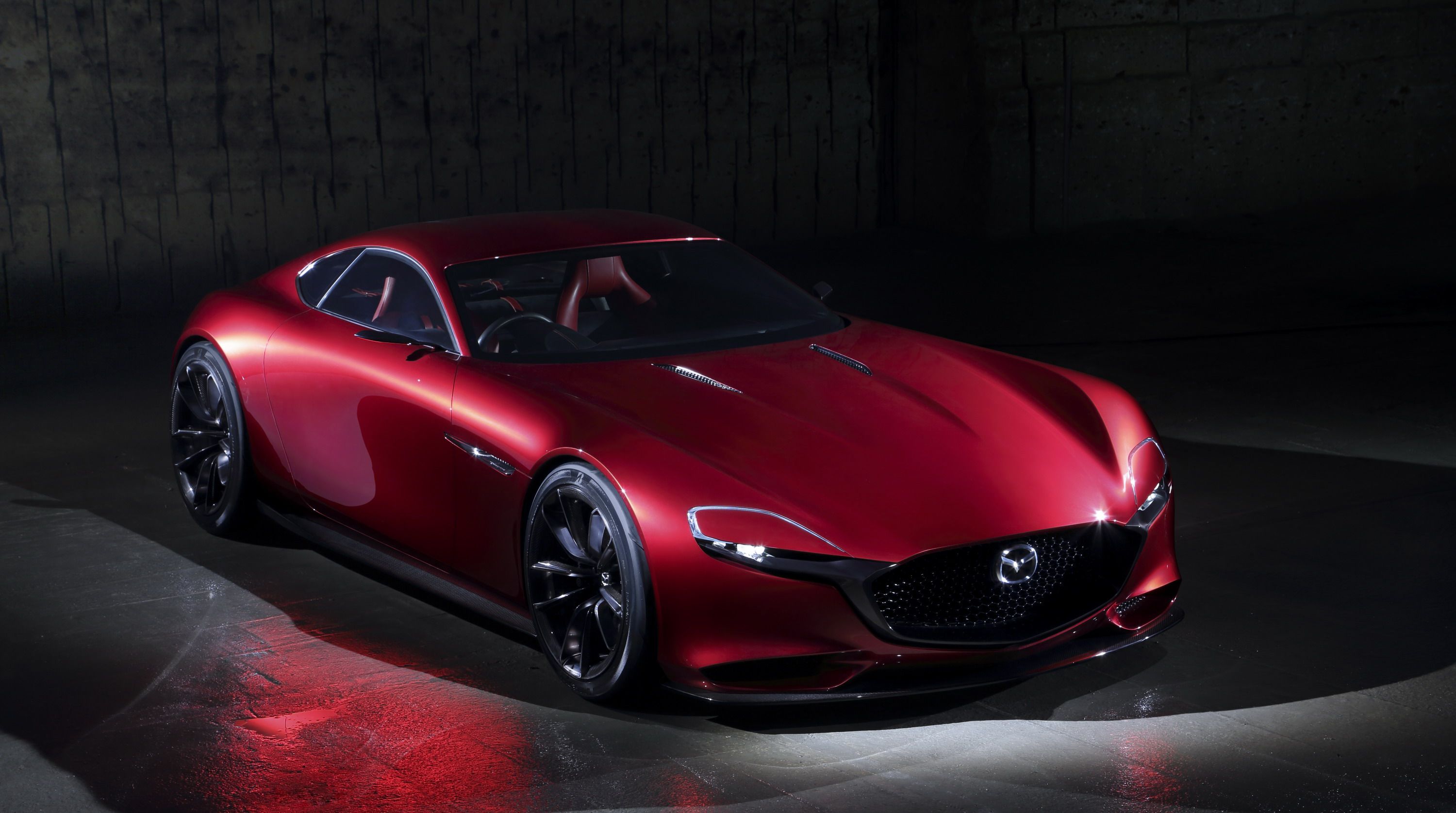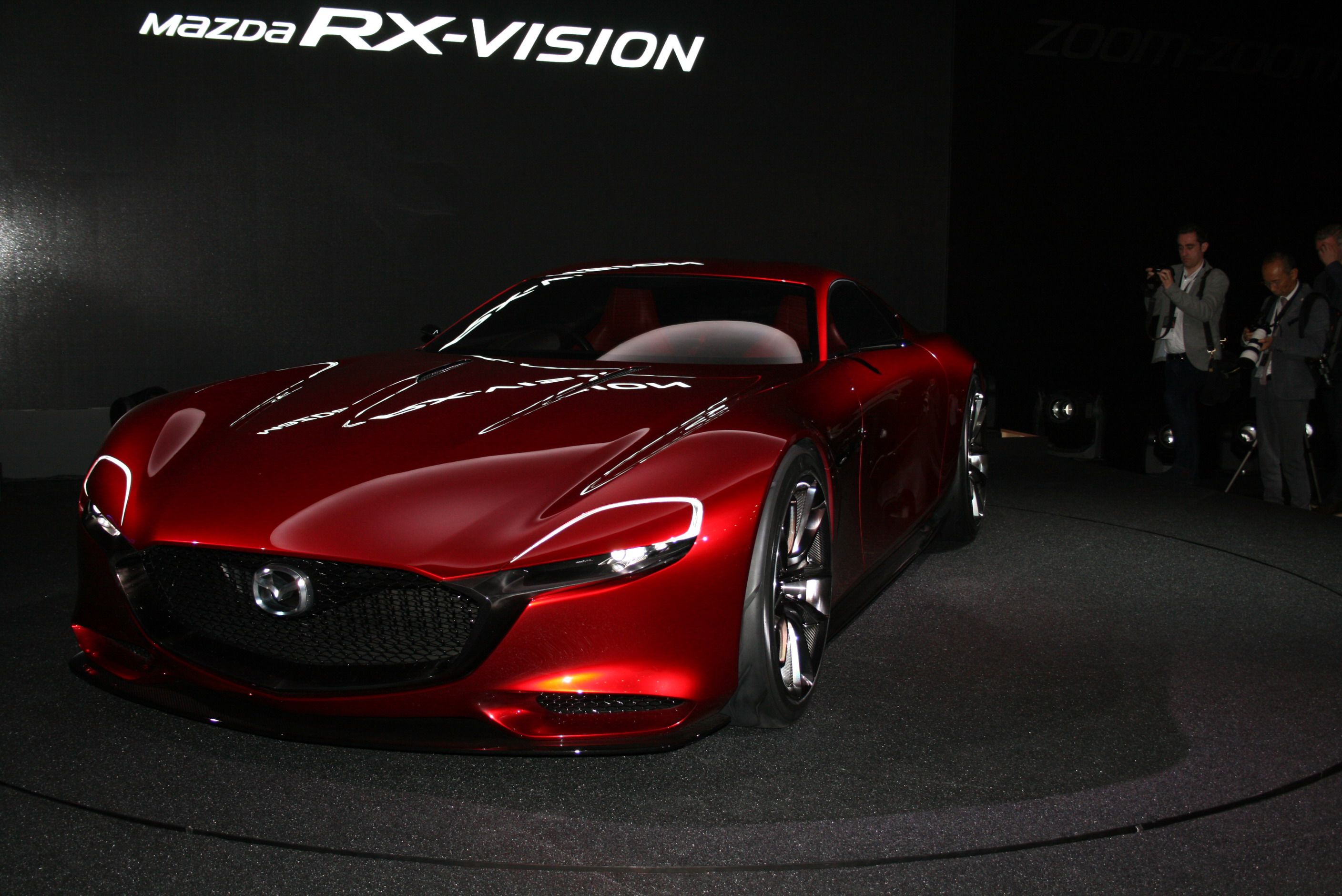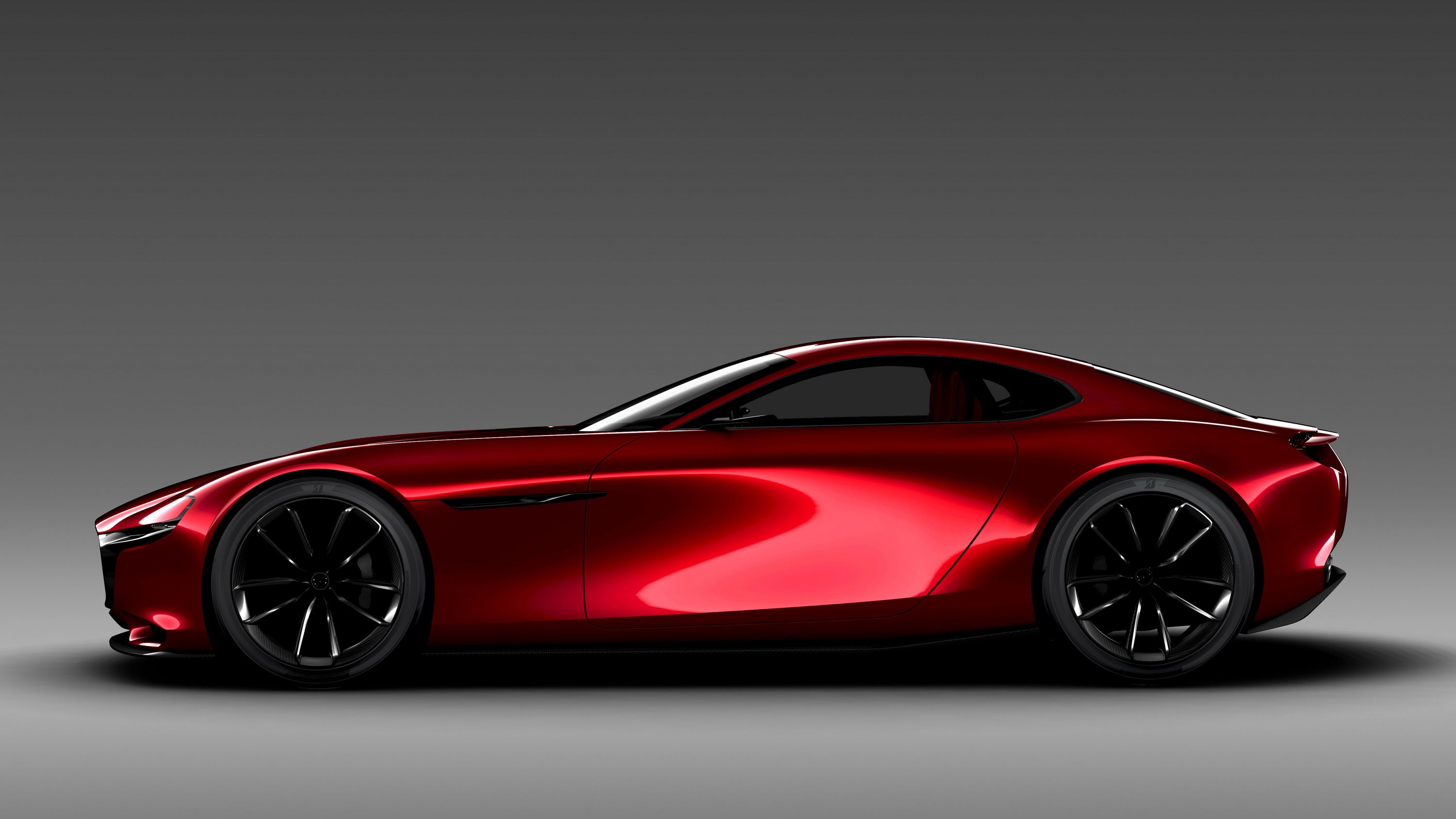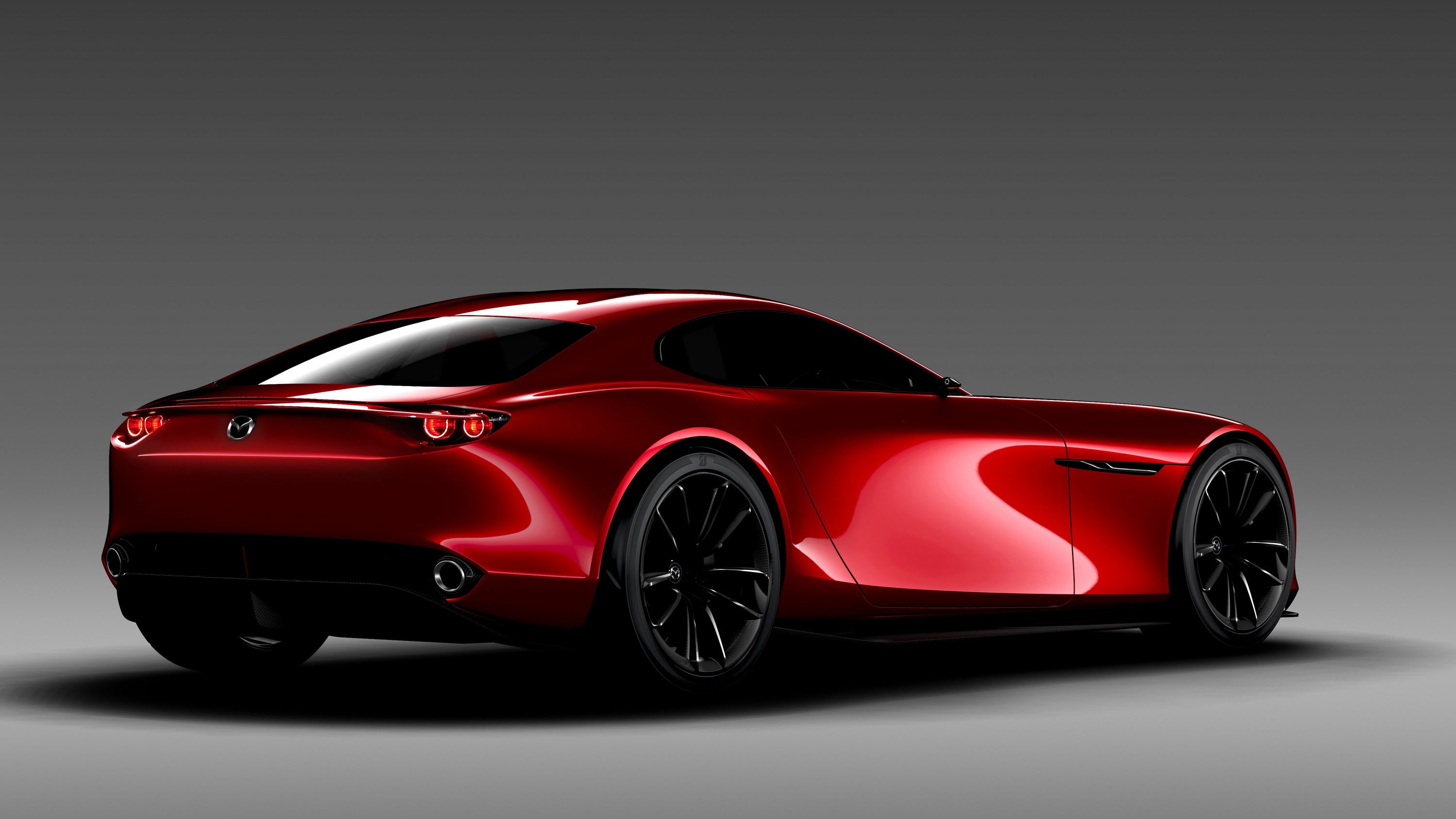We’ve been hearing for years that the Mazda RX-9 – a successor to the RX-8 and older RX-7 – is coming. In October 2019 a new patent breathed a little bit of life into the possibility, and in early 2020 we learned that while the RX-9 would be a true sports car, it wouldn’t have a rotary engine. In just a short bit of time, things have changed quite a bit, and earlier this month (April 2020), we learned that the Mazda MX-30 could rock a small, modernized Rotary engine as a range extender. So, how does all of this fit together in the large puzzle that is the Mazda RX-9? Well, a new patent suggests that there’s a new high-tech, rotary-powered hybrid powertrain is in development, and it could be what sits under the skin of Mazda’s upcoming sports car.
Rotary Revival and RX-9 Timeline
Before we dive into this new patent, let’s just do a quick review of how things have unfolded over the past could of years:
-* June 1, 2011 – Top Speed Renders the 2013 Mazda RX-9 Coupe That Never Happened
-* April 7, 2016 – Patent Application Reveals Mazda’s Plan to Bring Back the Rotary Engine
-* December 6, 2016 – Mazda Says No to Rotary Engine and Large Sports Car
-* July 17, 2017 – New Rumors Point to 2019 Release of Mazda RX-9
-* March 3, 2018 – Mazda Confirms the Rotary Engine’s Return
-* December 3, 2018 – Mazda’s Skyactiv-X Technology Could Make the Wankel Rotary Engine FeasibleAgain
-* October 6, 2019 – Patent Hints at New Mazda RX-9 But Don’t Hold Your Breath
-* February 3, 2020 – A Mazda RX-9 Without a Rotary Engine? It Could Happen
-* April 10, 2020 – Mazda Looks to Use a Small Rotary Engine as a Range Extender in the MX-30 Crossover
All of the points in time that you see above are just the major highlights, but you get the idea – it’s been a long time coming, and now, the latest patent filing from Mazda hints at a unique hybrid drivetrain that would breath rotary-powered life into the new RX-9 sports car.
Mazda’s New AWD Hybrid Powertrain is Centered Around the new Rotary Engine
Just a week after the hype about the rotary engine being used as a range extender in the MX-30, Mazda filed a new patent in Japan that detailed an all-new AWD powertrain that will spark the long-awaited return of the rotary engine. And, it’s just a little better than previous speculation that the rotary would be just a range extender.
The AWD system in the patent would arrange the front of the vehicle with a pair of electric hub motors up front that flank an internal combustion engine – one that is, you guessed it, probably a rotary engine. These front hub-mounted motors would be powered by an electric capacitor instead of a large lithium-ion battery.
So, how can a pair of small capacitors and a very tiny battery (remember, most electric cars have anywhere between 37 and 100 kWh batteries) without emitting a ton of emissions? Well, Mazda has a unique approach for that, and it all relies on those fast-charging capacitors up front. The system will charge via regenerative braking, and when the voltage of the capacitor reaches a certain level, the excess charge is then sent to that small battery that powers the rear wheels. If you gun it and need to accelerate quickly, but the capacitors don’t have enough juice, the small battery can send power to the front wheel hubs.
To put it all together, during normal driving, the engine and the rear electric motor power the rear axle. When quick acceleration is needed, the front motors kick in to provide more get-up-and-go. It’s not clear whether the engine is actually sending power to the wheels or if it’s simply maintaining charge in the 3.5-kWh battery so that the electric motor can drive the wheels, though. However, we do know that there is a rear-mounted transaxle, similar to that found in the C5-C7 Corvette and some front-engined Ferraris and Porsches.
There’s also one last little detail, and that is that the patent describes achieving this configuration with rotary, inline, or V-configuration engines, but given the world’s desire to see the Wankel engine make a return, we’re willing to bet the inline and V-configuration is just thrown in there for the sake of overall design protection and to keep options open in the future. One thing is for sure, though, and that this patent describes a high-tech, AWD, performance hybrid powertrain, and that’s exactly what the Mazda RX-9 needs.
MOST RECENT MAZDA ROTARY SPECIFICATIONS
|
2010 RX-8 |
6-Speed Manual |
6-Speed Sport Automatic |
|---|---|---|
|
Engine type |
1.3-liter 2-rotor rotary |
1.3-liter 2-rotor rotary |
|
Engine code |
RENESIS |
RENESIS |
|
Horsepower |
232 hp @ 8500 rpm |
212 hp @ 7500 rpm |
|
Torque (lb-ft) |
159 lb-ft @ 5500 rpm |
159 lb-ft @ 5500 rpm |
|
Redline |
9000 rpm |
7500 rpm |
|
Displacement (cc) |
1308 |
1308 |
|
Compression ratio |
10.0 : 1 |
10.0 : 1 |
|
Fuel system |
Multi-port electronic fuel injection |
Multi-port electronic fuel injection |
|
Required fuel |
Premium unleaded (91 octane) |
Premium unleaded (91 octane) |
|
Ignition system |
Electronic 4-coil with iridium-tipped multielectrode spark plugs |
Electronic 4-coil with iridium-tipped multielectrode spark plugs |
|
Induction system |
6 side intake ports with 3-stage variable induction system (VIS) and variable fresh air duct |
6 side intake ports with 3-stage variable induction system (VIS) and variable fresh air duct |
|
Exhaust |
Stainless steel with low-backpressure main muffler |
Stainless steel |
|
Rotor housing |
Aluminum with chrome-steel liner |
Aluminum with chrome-steel liner |
|
Side housing |
Cast iron |
Cast iron |
|
Emission control type (Fed/Cal) |
Tier2 Bin5 / ULEV II |
Tier2 Bin5 / ULEV II |
|
Type |
Front-midship engine rear-wheel drive (RWD) with powerplant frame |
Front-midship engine rear-wheel drive (RWD) with powerplant frame |
|
Transmission |
Close-ratio 6-speed manual with short-throw direct linkage shifter |
6-speed electronically-controlled Sport AT with paddle shifters and Adaptive Shift Logic |

